Politics
Kathmandu voters remain an enigma
Historically, the national capital’s voters have been known to give a chance to new (and often unexpected) candidates.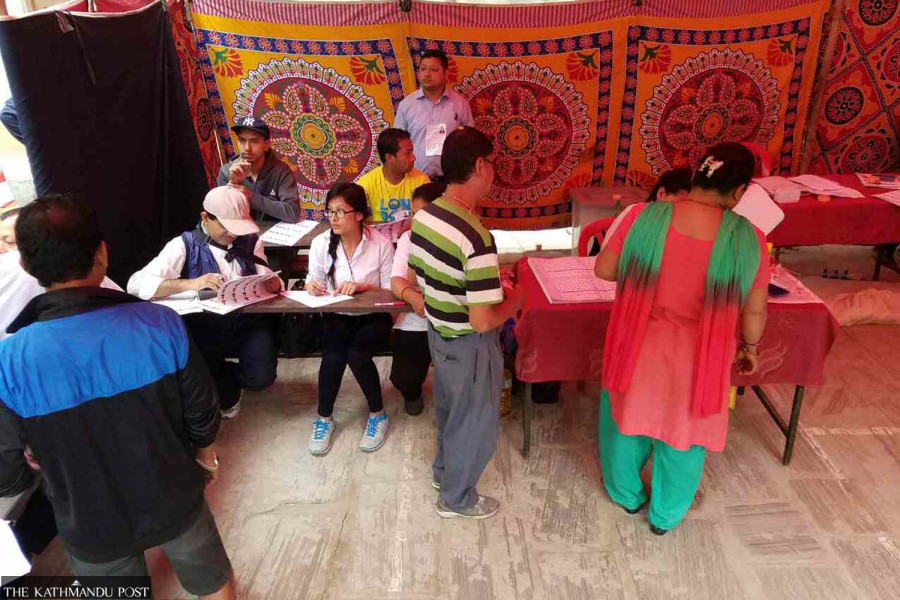
Binod Ghimire
It is never easy to predict the election results in Kathmandu— Kathmanduites are well-known for their swing voting.
The results of elections in the Panchayat era and after the reinstatement of democracy in 1990 suggest that a candidate’s stature in his/her party or even in government doesn’t matter to the voters from the country’s federal capital. They have defeated a sitting prime minister and chiefs of major parties and even political novices on several occasions.
In the general election of 1991, then prime minister and leader of the Nepali Congress, Krishna Prasad Bhattarai, was a candidate for the House of Representatives in Kathmandu-1. Challenging him was then CPN-UML General Secretary Madan Bhandari. Bhattarai was a veteran politician and considered highly electable given his long struggle for democracy, his involvement in writing the constitution and successfully holding the first general elections of the new democratic era, the voters nonetheless chose Bhandari. Although the Congress secured a clear majority in the elections, Bhattarai lost—to the surprise of many.
The constituency went to by-polls two years later, following the demise of Bhandari in a road accident. The Congress again fielded Bhattarai against Bhandari’s widow, UML candidate Bidya Devi Bhandari. Although Bidya Devi was a relative newcomer, voters preferred her over the veteran Congress leader.
Even during the Panchayat, Kathmandu voters’ decisions have left many political pundits surprised. Jog Mehar Shrestha was an influential leader during the Panchayat era. A long-time minister, Shrestha was confident of winning the Rastriya Panchayat elections in 1981. But a complete newcomer, Nani Maiya Dahal, defeated Shrestha with a huge margin.
Rajendra Maharjan, a political analyst, said the voters in Kathmandu express their dissatisfaction through their franchise. “Generally, people complain against the leaders for years but during elections they cast votes based on caste or political affiliations,” he told the Post. “That is not the case with voters in Kathmandu. They like to teach such leaders a harsh lesson during elections.”
Maharjan says unlike in other parts of the country where people have elected the same leaders multiple times, voters in Kathmandu Valley like to experiment with new candidates—the trend has continued since the Panchayat days.
The UML had a stronghold over Kathmandu post-1990. However, the party was wiped out from the Valley in the first Constituent Assembly elections in 2008. Of 10 constituencies, the Congress won six while the CPN (Maoist Centre), which contested the general elections for the first time after the decade-long insurgency, grabbed the remaining four.
In Kathmandu-2, Jhakku Prasad Sudedi, a low-rung Maoist leader from Rolpa, edged Madhav Kumar Nepal, the then chief of the UML. Maoist Centre supremo Pushpa Kamal Dahal was elected with a thumping majority from Kathmandu-10.
But the scene was dramatically different in the second Constituent Assembly elections in 2013. It was the turn of the Maoist Centre to get rejected in Kathmandu. Among the 10 seats, the Congress bagged eight with the UML winning the remaining two. Even Dahal got defeated at the hands of little known Rajan KC of the Congress. Kathmandu-10 that includes the Kirtipur area had been a communist bastion for decades; KC’s win broke the streak. KC has already won the constituency twice and is eying a hat-trick in the November 20 elections.
The people from Kathmandu re-established the UML as the largest party in the 2017 elections for the House of Representatives. The party won six of the 10 seats, with the Congress taking the remaining four. The Maoist Centre couldn’t win a single seat for the second consecutive election even though the party’s candidates were backed by the UML.
Results of the recent local polls suggest Kathmandu is looking for yet another change.

The five ruling parties had fielded Srijana Singh of the Nepali Congress as their common candidate for mayor of the Kathmandu Metropolitan City. Former mayor of Kathmandu and Bagmati province minister, Keshav Sthapit, was a candidate of another major party, the UML. However, an independent candidate Balendra Shah, a rapper and engineer, defeated the big parties’ candidates by a huge margin.
“It is not easy to predict the results of the upcoming polls in Kathmandu,” said Maharjan. “I won’t be surprised if independents outshine others in some constituencies.”
The Congress, the Maoist Centre, the CPN (Unified Socialist), the Loktantrik Samajbadi Party and the Rastriya Janamorcha are contesting the November polls in an alliance while the UML is going at it alone in Kathmandu.
The alliance has fielded Congress leaders in six constituencies, Maoist Centre leaders in three and a Unified Socialist candidate in the remaining one constituency. So far, it looks like the major competition in Kathmandu will be between the ruling alliance and the UML.
But based on last May’s local elections, it can be said that a motley crew of independent candidates united under the Hamro Nepali Party can give a tough competition to the candidates of big parties. Hamro Nepali Party candidates are buoyed by the mayoral wins of independent candidates Balendra Shah in Kathmandu and Harka Sampang Rai in Dharan in May.
“I see hunger for change among voters, especially the youths,” Manish Poudyal, a 40-year-old voter from Handigaun, told the Post. “I don’t see the traditional mainstream parties doing well.”
Among the candidates in the fray, many second-rung leaders from major parties are trying their luck from different constituencies in Kathmandu. Ishwar Pokhrel, senior vice-chairman of the UML, is contesting from Kathmandu-5, where the ruling alliance has fielded Pradip Poudel of the Congress. Ranju Darshana is also in the race as an independent from the same constituency. Similarly, Congress General Secretary Gagan Thapa is contesting from Kathmandu-4. Challenging him is Rajan Bhattarai, a UML Standing Committee member.
Rabindra Mishra, the Rastriya Prajatantra Party vice-chairperson, is vying from Kathmandu-1. Prakash Man Singh from the Congress, Kiran Poudel of the UML, Pukar Bam from Rastriya Swatantra Party and Dambar Shahu from Hamro Nepali Party are other contenders from the constituency.
Likewise, former Speaker Onshari Gharti, a Maoist Centre leader, is a candidate from Kathmandu-2. Similarly, Rajendra Shrestha, a senior leader from Janata Samajbadi is contesting from Kathmandu-7.
Some political experts believe that voters in Kathmandu will pick parties or candidates that are both progressive and pragmatic. “For a long time, Kathmandu remained a communist stronghold. However, as the communist parties failed to walk the talk, since the second Constituent Assembly polls, the Congress has been gaining ground,” Uddhab Pyakurel, who teaches political sociology at Kathmandu University, told the Post.
Unlike Maharjan, he doesn’t see independent candidates doing well in the valley.
“The voting pattern of Kathmandu denizens is definitely different, but I don’t see independent candidates winning in November,” Pyakurel said. “Shah won with the votes from core city areas but each federal electoral constituency has a significant number of voters from the outskirts of Kathmandu. These areas don’t usually vote for independents.”




 13.12°C Kathmandu
13.12°C Kathmandu
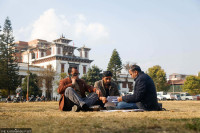
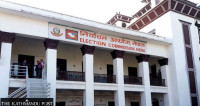

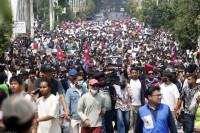
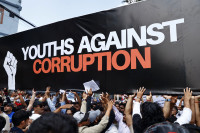
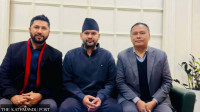



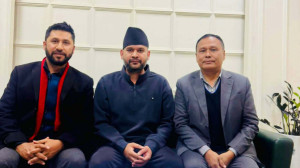



%20(1).jpg&w=300&height=200)

